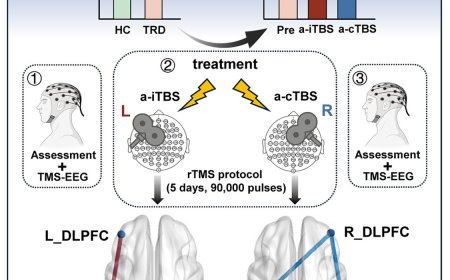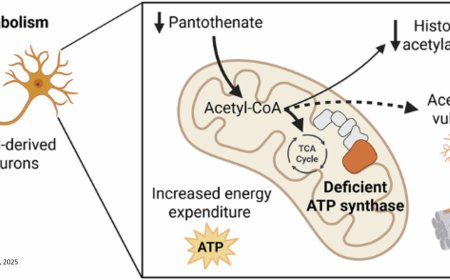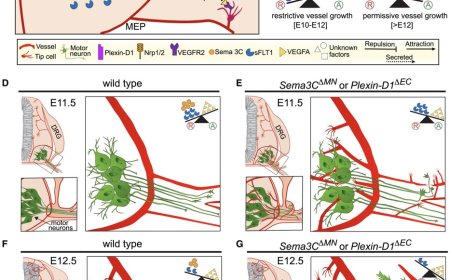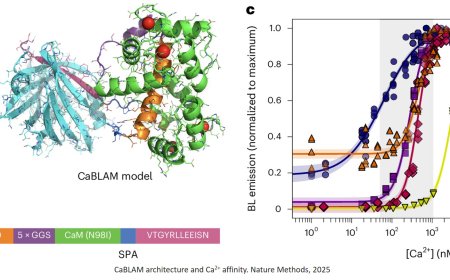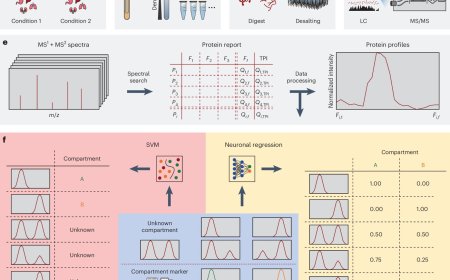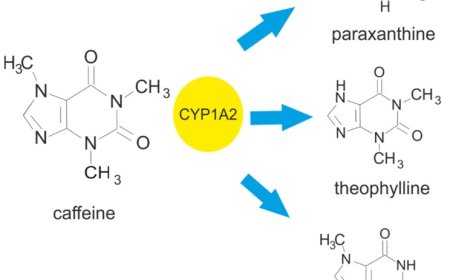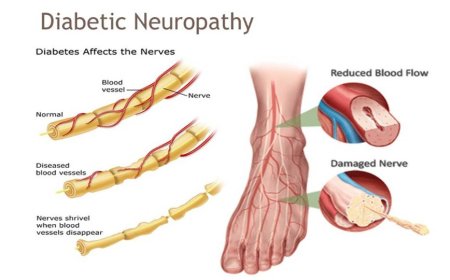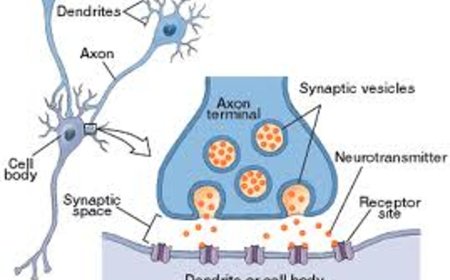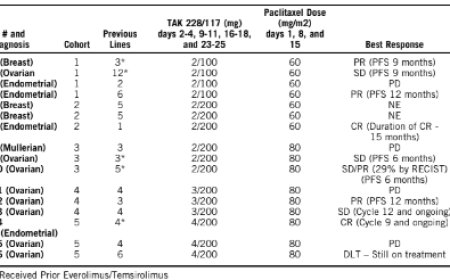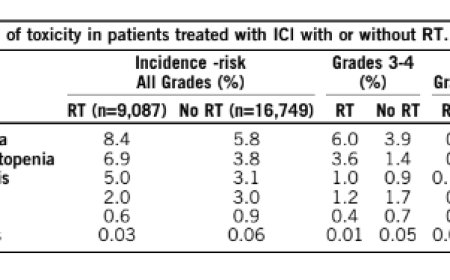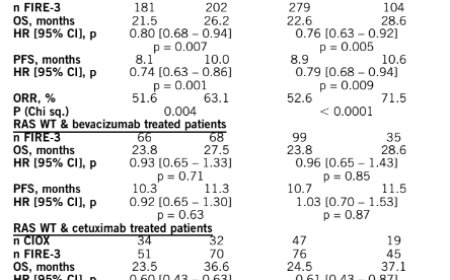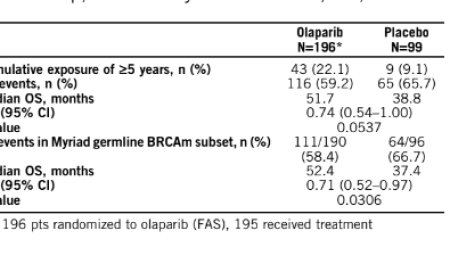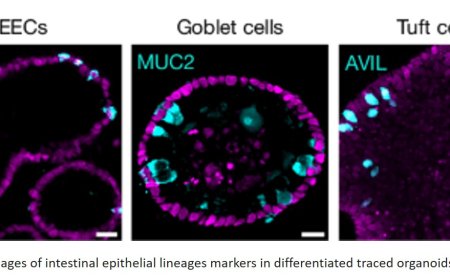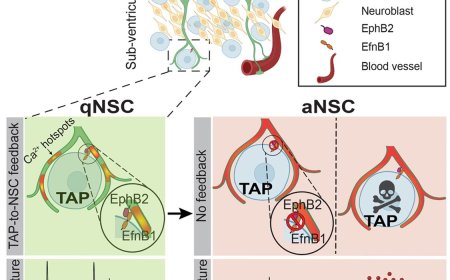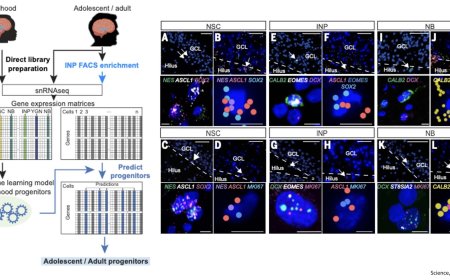Progenitor neighborhood signaling in neurogenesis
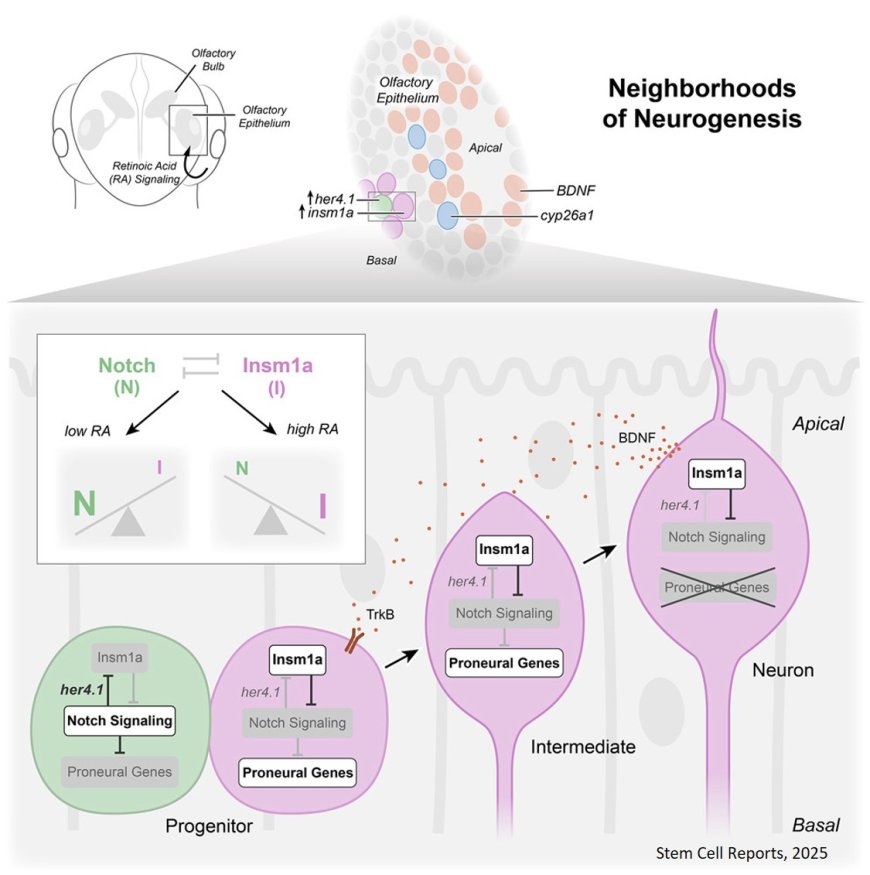
Cellular differentiation of stem cells into specialized cells requires many steps, including division, to create more cells; fate determination, which is a commitment to a specific lineage or developmental path; and migration, to integrate the cell into its final location.
Previous in vitro work has shown that stem cells can spontaneously self-organize into groups of specialized cell types, yet little is known about how that happens in living animals — where densely populated microenvironments have high degrees of noise in cell-to-cell signaling and variations in gene expression.
In their study and a featured cover image in a special issue of Stem Cell Reports on Neural Stem Cells, researchers describe signaling mechanisms that determine one such example of vertebrate development — the transition from olfactory stem cells into highly regenerative olfactory neurons that are responsible for the sense of smell.
Applying multiple techniques including high-resolution imaging of live zebrafish embryos, quantitative tracking of cell fate and single-cell RNA sequencing, researchers identified a unique bistable toggle switch that assigns divergent cell fates to progenitor cells and drives their assembly into cellular “neighborhoods.” In doing so, they showed how signaling that guides continuous neural development is integrated at multiple scales — single cells, small clusters of cells and between entire organs.
The study describes “a previously unknown paradigm of cellular neighborhood assembly through which the olfactory epithelium integrates fluctuating, stochastic signals to streamline fate commitment, differentiation and integration into the olfactory neuronal rosette,” wrote the authors. “These findings reveal how stochastic signaling networks spatiotemporally regulate a balance between progenitors and derivatives, driving sustained neurogenesis in an intricate organ system.”
“Remarkably, the human nose turns over its neurons every couple of months or so throughout our lifetimes,” the senior author said. “Given this unusual neuroregeneration, we wanted to answer a fundamental question: How do stem cells funnel fluctuating signals to make new neurons over and over again? Now, we’re building on our molecular ‘answers’ from the zebrafish model system by asking if the identified molecular pathways can be applied in other contexts to shape the nervous system across vertebrates. Long-term, our hope is to discover new therapeutic avenues for patients with neurodevelopmental or neurodegenerative disorders.”
https://www.cell.com/stem-cell-reports/fulltext/S2213-6711(25)00179-1
https://sciencemission.com/Progenitor-neighborhoods-function-as-transient-niches
